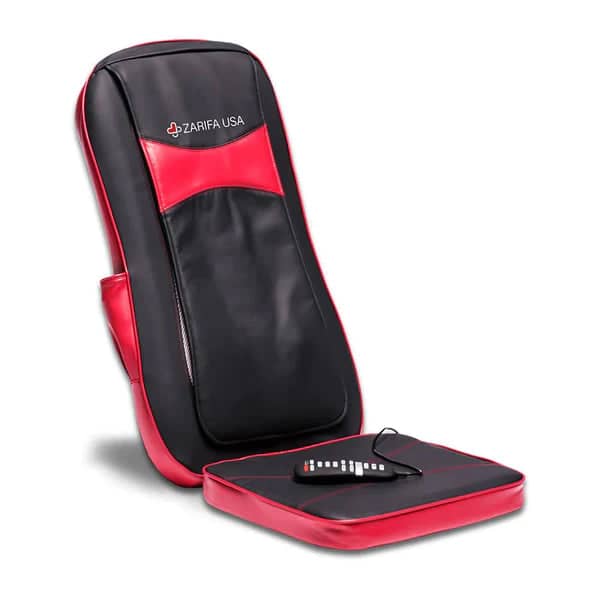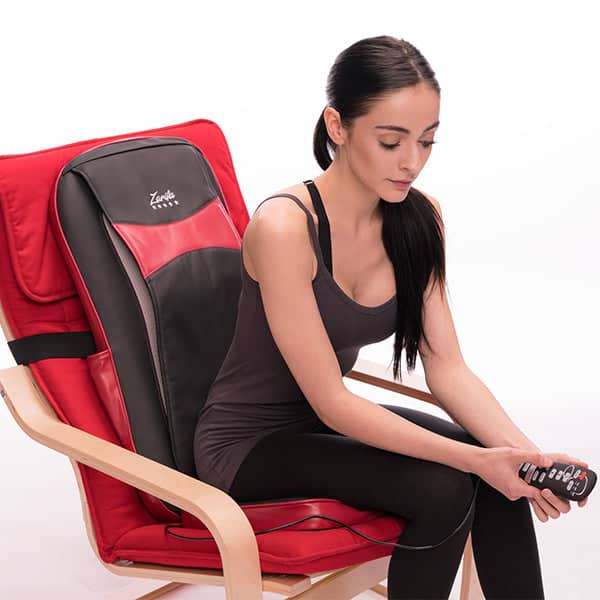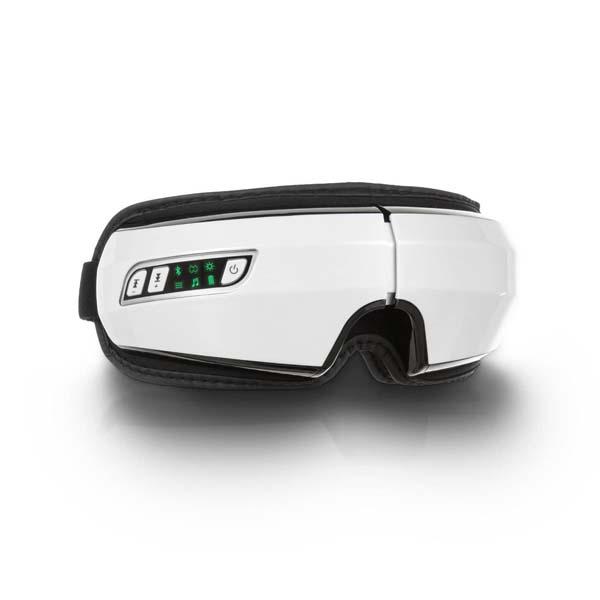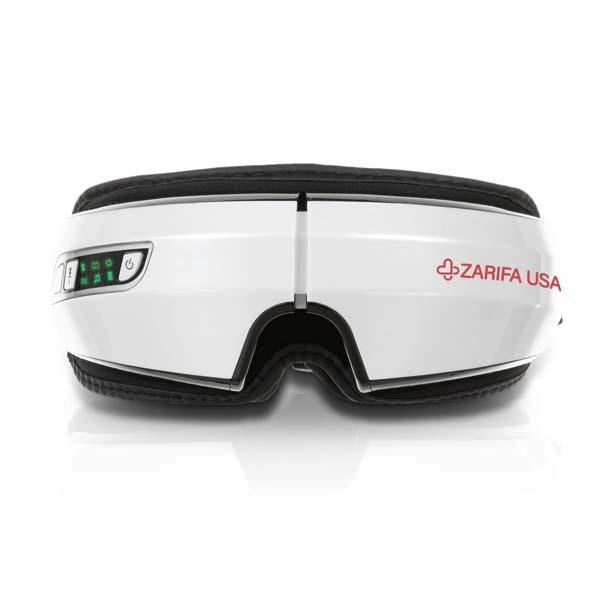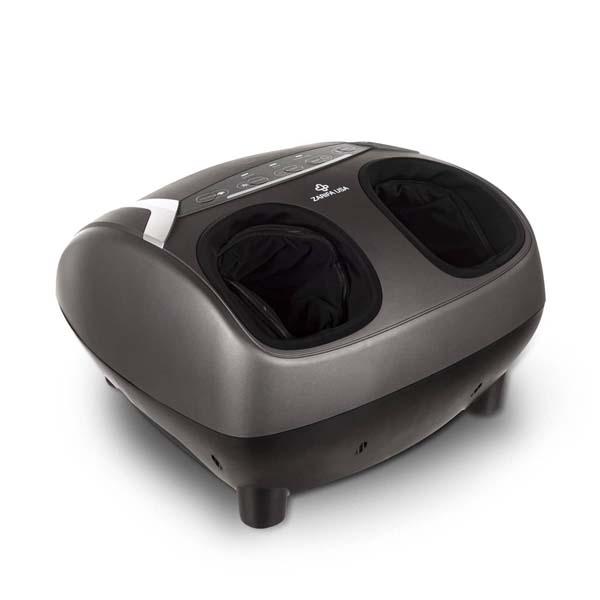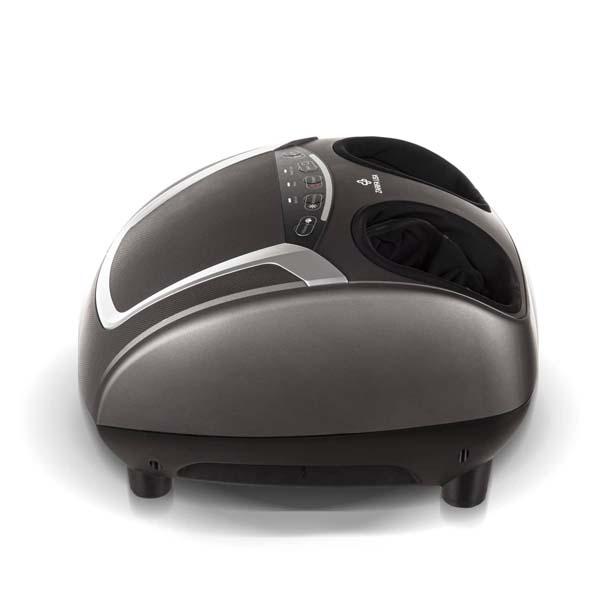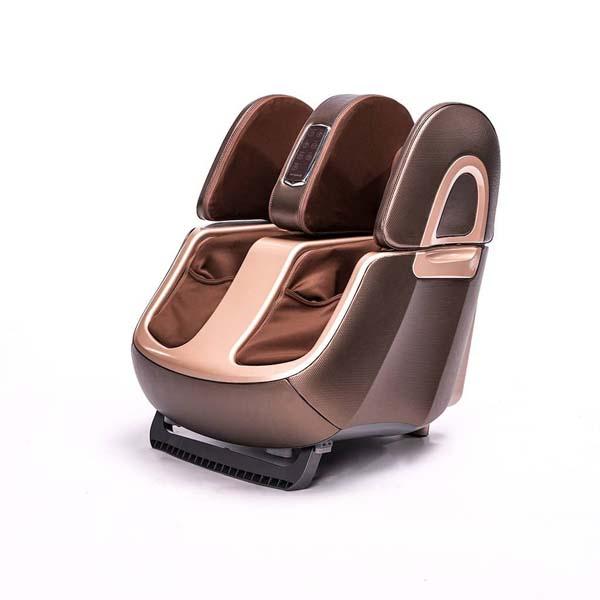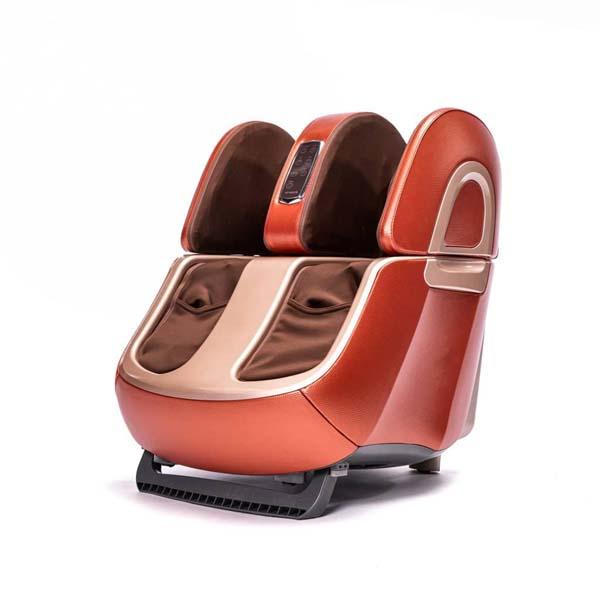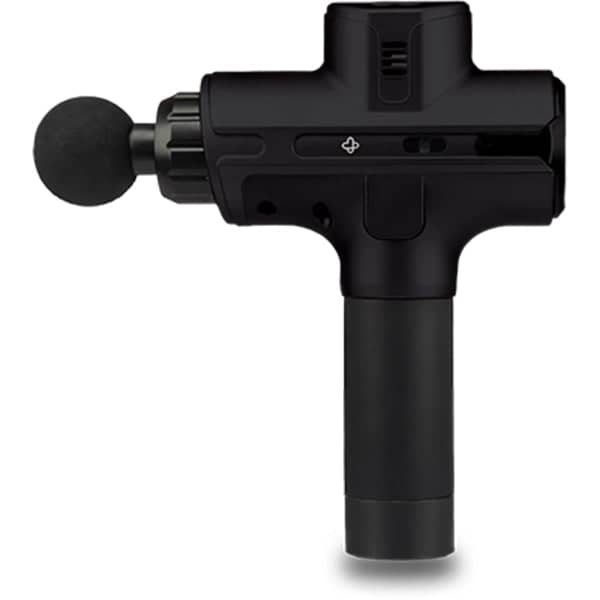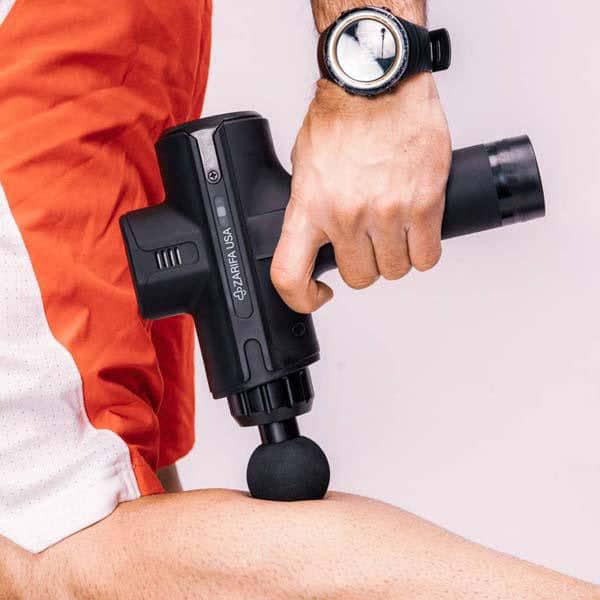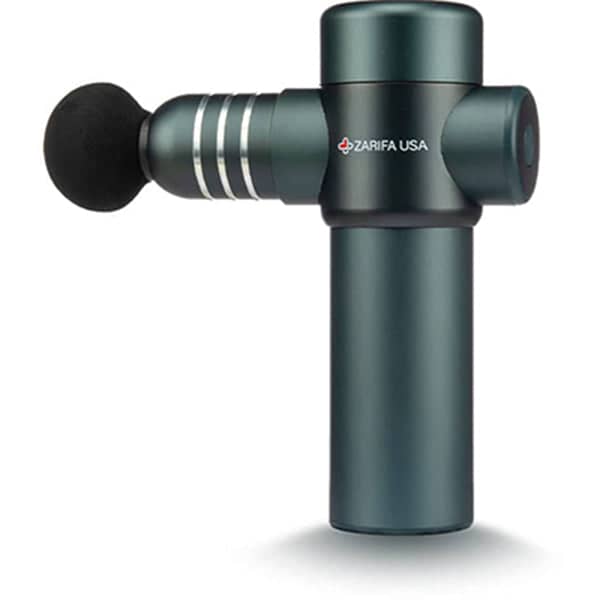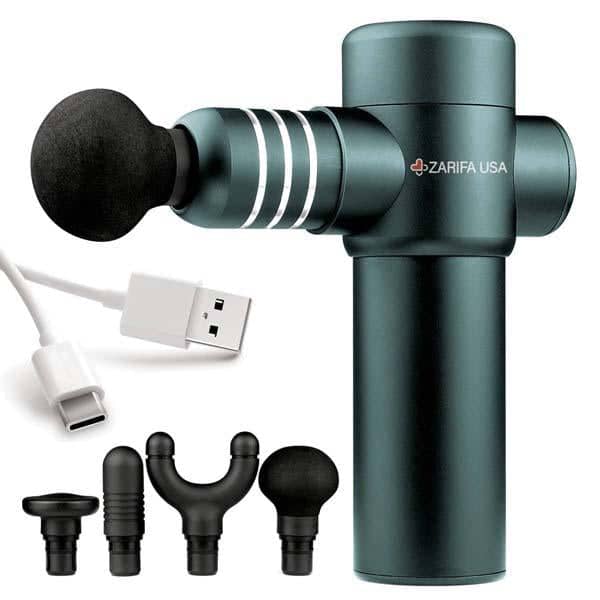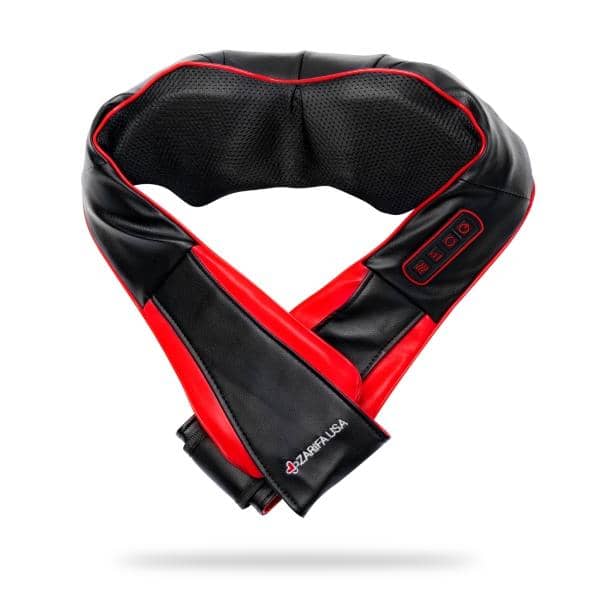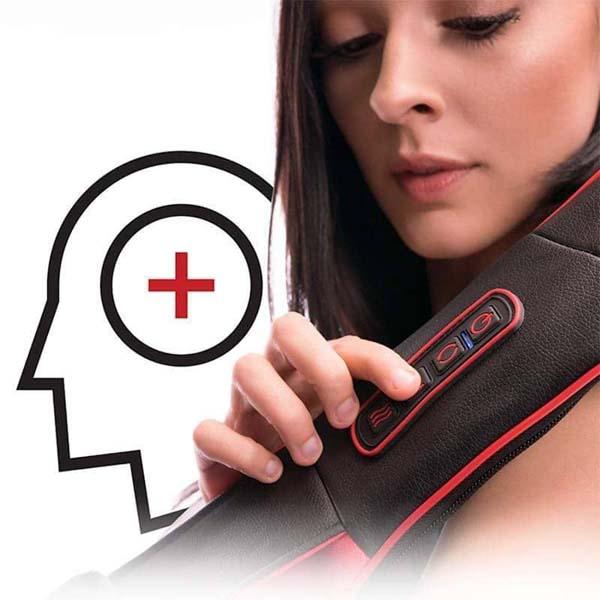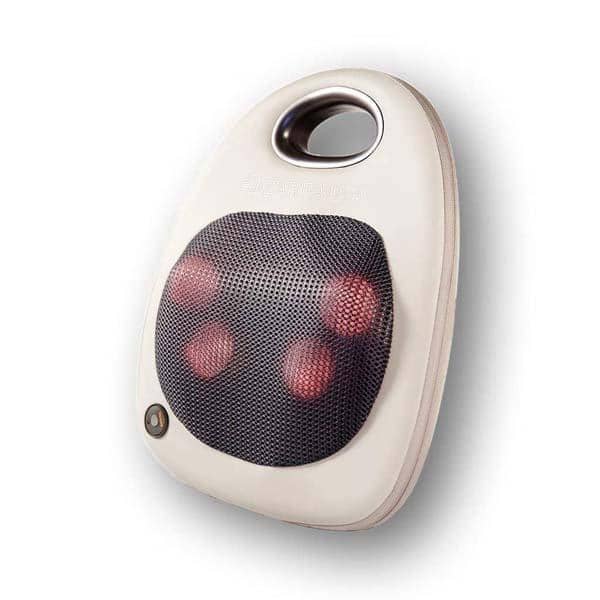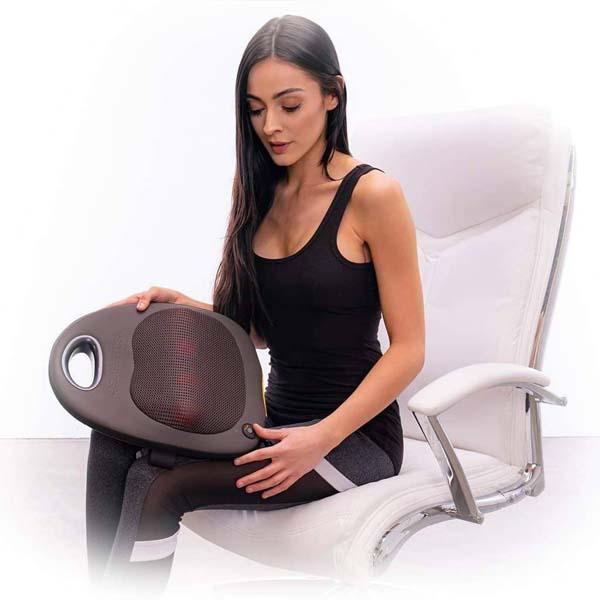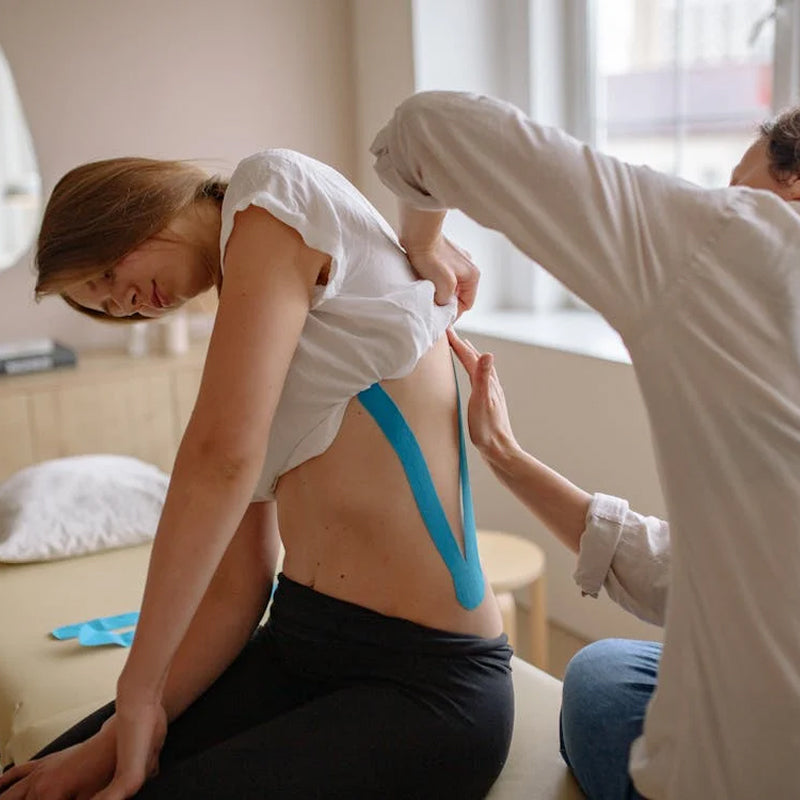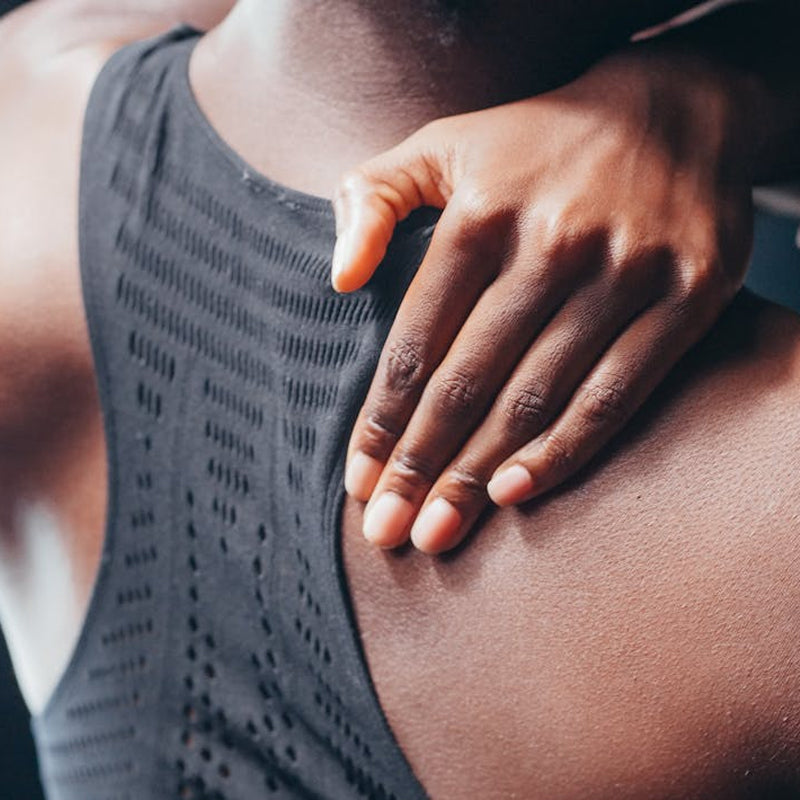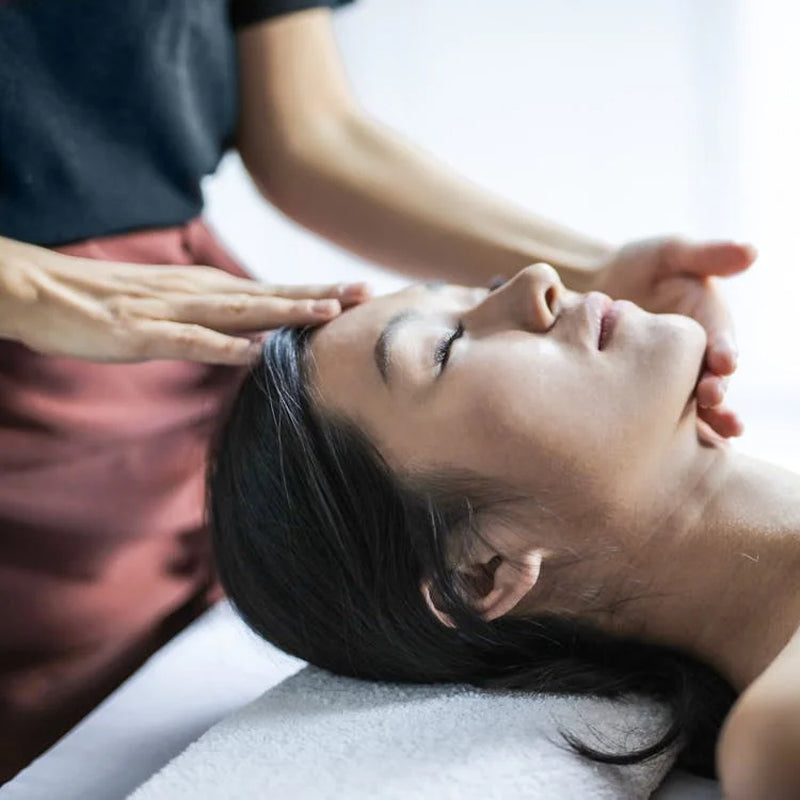Struggling with swelling and discomfort from edema? Finding the best chair for edema can make a big difference. This article will guide you through the top chairs designed to reduce swelling and enhance circulation. You’ll also learn which features are crucial for managing edema effectively.
Key Takeaways
-
Edema is caused by fluid buildup in tissues, primarily in the lower extremities, and managing it is crucial for maintaining comfort and mobility.
-
Key chair features for edema relief include elevating leg rests, adjustable footplates, and breathable fabrics to enhance circulation and comfort.
-
Incorporating lifestyle changes, such as wearing compression stockings, staying hydrated, and taking regular movement breaks, can further reduce swelling and improve circulation.
Understanding Edema and Its Causes
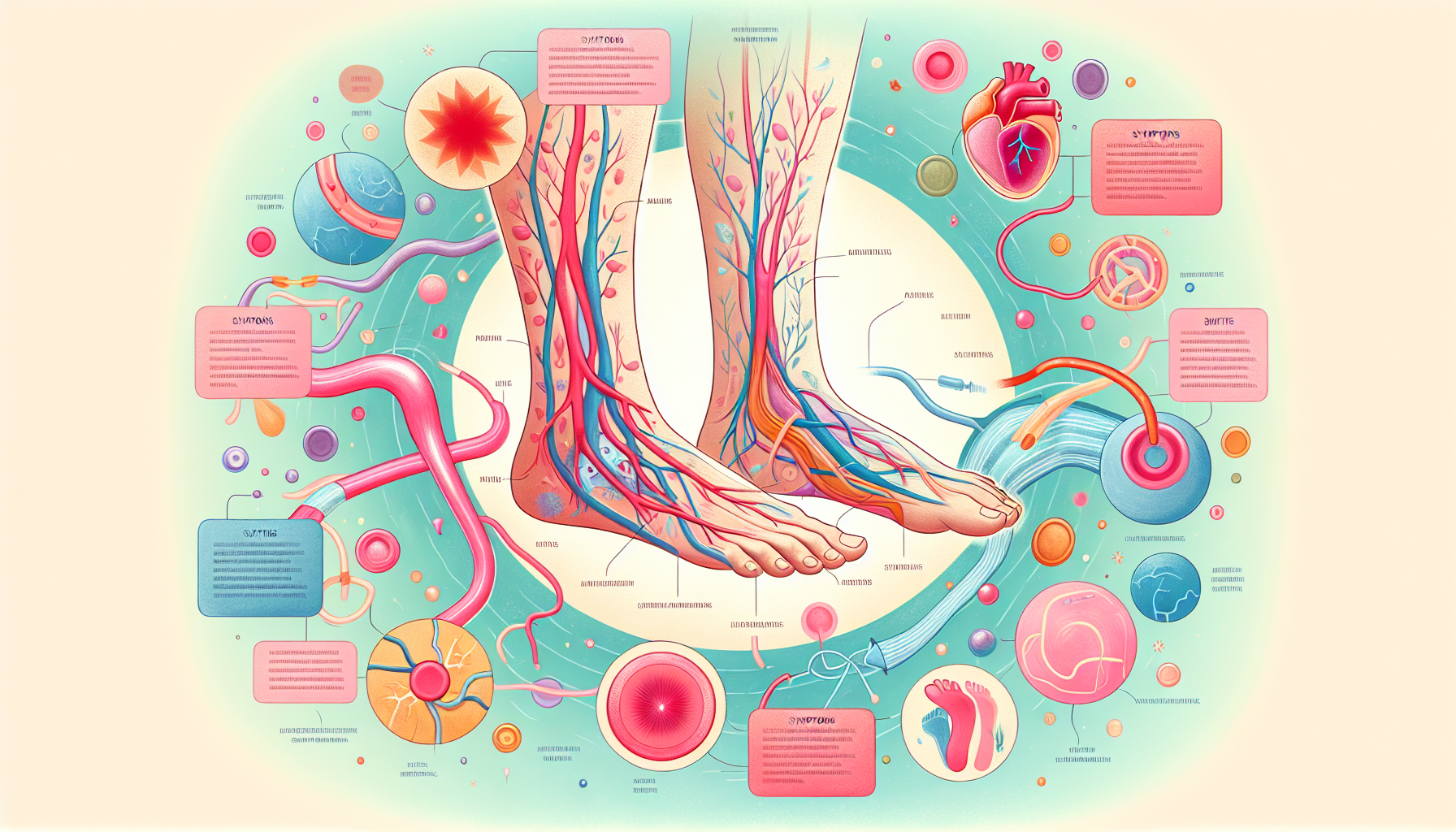
Edema, often recognized by the swelling it causes, is a condition where fluid builds up in the tissues of the body. This swelling is most commonly observed in the lower extremities, such as the calves and ankles, leading to puffy and shiny skin, and a sensation of heaviness in the limbs. For those living with this condition, the discomfort and visual symptoms can be both physically and emotionally challenging.
Several factors contribute to the development of edema. Prolonged sitting, for instance, can lead to fluid accumulation in the lower limbs due to poor circulation. Other causes include congestive heart failure, where the heart’s inability to pump effectively results in fluid retention, and certain medications, particularly those used to treat high blood pressure. Understanding these causes is the first step toward managing edema effectively.
The impact of swelling on daily life cannot be understated. It can lead to significant discomfort, restrict mobility, and even cause pain if not managed properly. Therefore, finding effective ways to reduce swelling and improve circulation is essential for maintaining a good quality of life.
This is where choosing the right chair becomes vital, as it can make a significant difference in managing the symptoms of edema.
Key Features to Look for in a Chair for Edema

When it comes to selecting a chair that helps manage edema, specific features are crucial. An effective chair can significantly alleviate discomfort by promoting better circulation and reducing swelling.
Three key features that make a great chair for edema are elevating leg rests, adjustable footplates, and breathable fabric.
Elevating Leg Rest
One of the most important features in a chair for edema is an elevating leg rest. Elevating your legs helps improve circulation, which is vital for reducing swelling and preventing fluid buildup in the lower extremities. This is particularly beneficial for those who spend a lot of time sitting, as it counteracts the negative effects of gravity on blood flow.
Keeping your legs elevated in a comfortable position can significantly help manage edema. Chairs with elevating leg rests maintain the legs at an optimal height, promoting better blood flow and reducing the discomfort associated with swollen legs.
The benefits of elevating leg rests extend beyond reducing swelling. They also help alleviate pain and prevent complications from prolonged sitting, such as back problems and poor posture, while providing many health benefits.
Adjustable Footplate
Adjustable footplates are crucial as they accommodate different leg lengths, ensuring your feet are always in a comfortable and supported position. This adaptability helps maintain good circulation and reduces the risk of swollen feet.
Varying your foot position on the footplate can enhance blood flow, reducing discomfort and swelling. For instance, the Lento Care Chair offers adjustable options that ensure a comfortable and supportive position for those with swollen legs and feet.
Breathable Fabric
Breathable fabric is essential for chairs designed to support individuals with edema. These fabrics help maintain a comfortable seating environment by preventing moisture accumulation, which can otherwise lead to skin irritation and discomfort. Keeping the skin dry is crucial for overall health and comfort, especially for individuals dealing with swelling issues.
By reducing moisture buildup, breathable fabrics minimize the risk of infections, which can be a concern for those with compromised skin integrity due to edema. This feature ensures the chair provides physical support and helps maintain healthy skin.
Top Recommended Chairs for Edema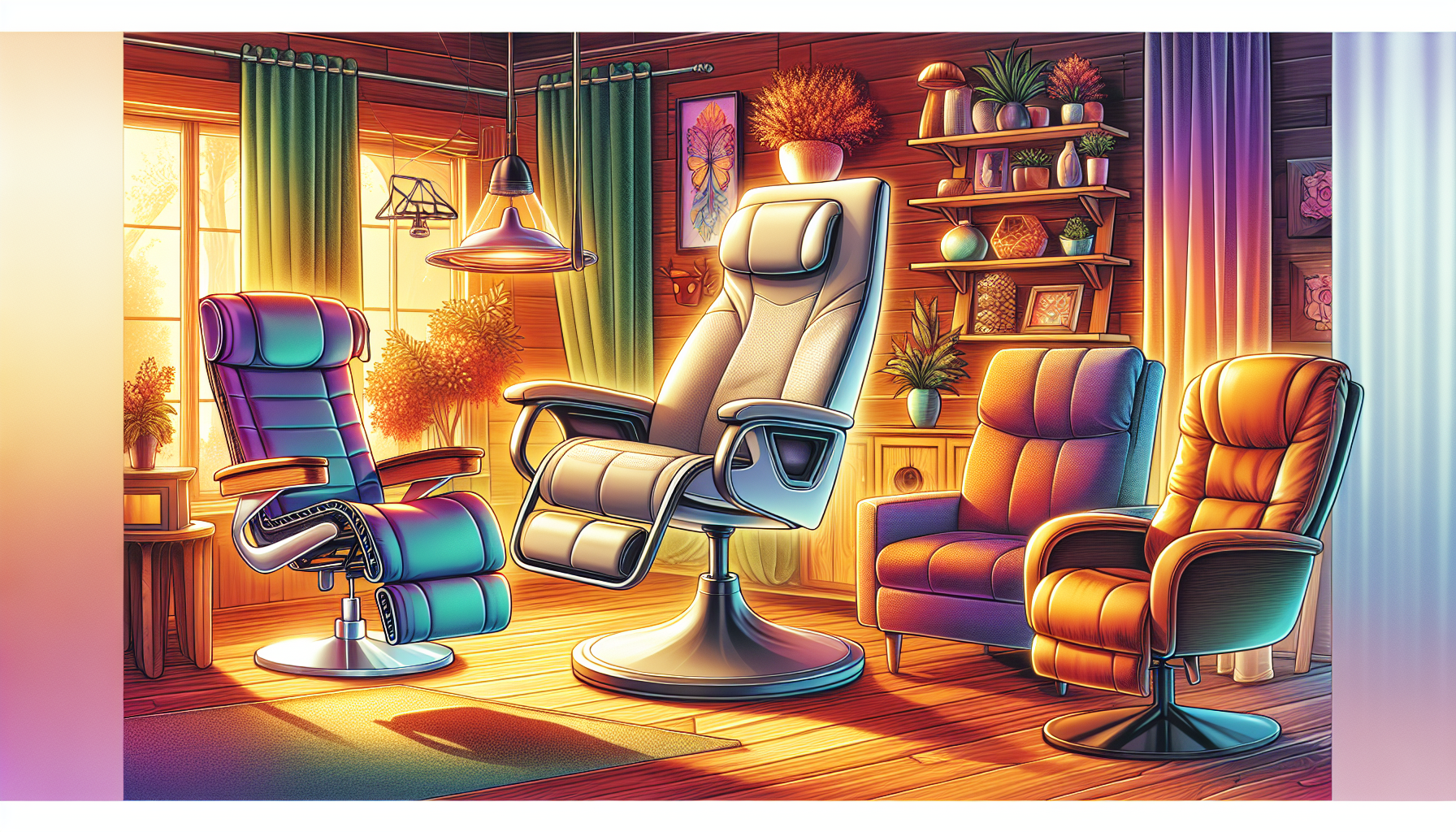
For those seeking the best chairs to reduce swelling, we recommend considering options like the Z Smart Pro Massage Chair, the Z Dream Massage Chair, and Rise and Recline Chairs.
These chairs come with features that are specifically designed to enhance comfort and promote better circulation, making them ideal for individuals with edema.
Zero Gravity Chairs
Zero gravity chairs are a standout option for those looking to improve circulation and reduce swelling. These chairs are designed to elevate the legs above heart level, which significantly enhances blood flow and prevents fluid accumulation in the lower extremities. This unique sitting position can make a noticeable difference in alleviating discomfort and improved circulation.
Additionally, many zero gravity chairs come equipped with features like heat therapy and massage functions, which further aid in promoting better circulation and reducing discomfort. These added functionalities make zero gravity chairs an excellent choice for those needing comprehensive support for their edema symptoms.
Additional Tips to Reduce Swelling While Sitting

Beyond choosing the right chair, incorporating small lifestyle changes can significantly help reduce swelling while sitting. Practices such as wearing compression stockings, staying hydrated, and taking regular movement breaks can make a substantial difference in managing leg swelling and improving circulation.
Let’s explore these tips in more detail.
Wear Compression Stockings
Compression stockings are a simple yet effective way to reduce swelling in the legs. These support garments apply necessary pressure to the legs, which helps alleviate swelling and promote better blood circulation. For individuals who spend long hours sitting, wearing compression stockings can be particularly beneficial.
Compression stockings provide consistent pressure, supporting blood vessels and reducing the risk of complications like varicose veins and circulation issues. They are essential for managing edema and improving circulation throughout the day.
Stay Hydrated
Staying hydrated is crucial for managing edema effectively. Proper hydration helps prevent tissues from retaining excess fluid, which can lead to swelling. Drinking more water supports better blood circulation, which is vital for reducing fluid retention and swelling in tissues.
Maintaining adequate water intake is a simple yet powerful way to reduce swelling and support overall health. Staying hydrated can significantly improve the management of edema symptoms.
Take Regular Movement Breaks
Taking regular movement breaks during prolonged sitting is essential for preventing edema and promoting blood flow. Switching positions every hour can enhance circulation and reduce the risk of swelling. This practice not only benefits your physical health but also boosts energy and focus levels throughout the day.
Incorporating simple exercises into your daily routine can significantly help in reducing swelling. Activities such as foot and ankle exercises, self-leg massages, and 5-minute walking or stretching sessions during breaks can effectively enhance blood circulation. These practices are easy to implement and can make a noticeable difference in managing edema symptoms.
Regular breaks and incorporating movement into your day can prevent prolonged periods of inactivity that contributes to fluid retention and swelling. This proactive approach is essential for managing edema effectively.
The Importance of Ergonomics in Preventing Edema
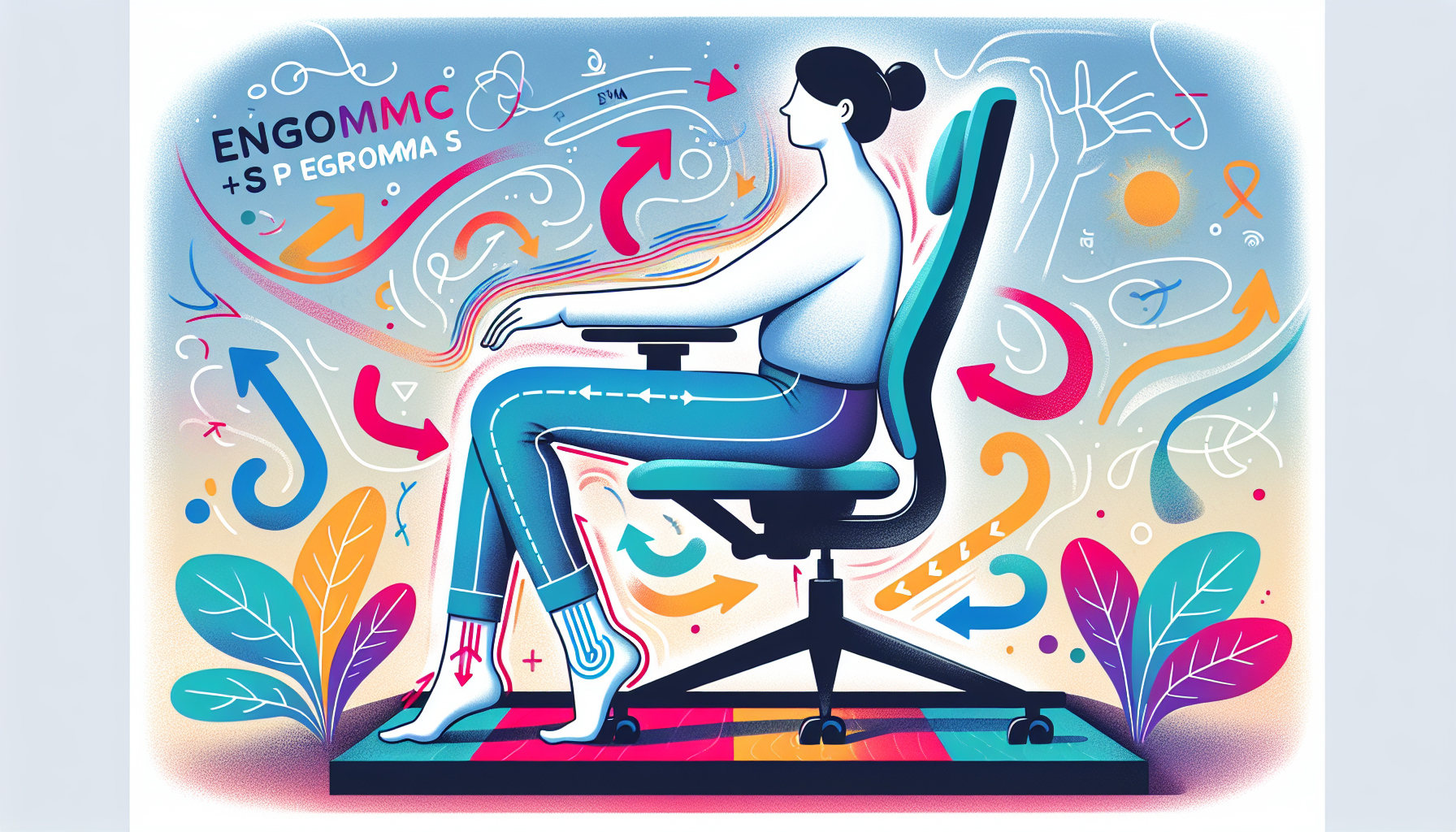
Ergonomics prevents edema by improving posture and reducing the risk of circulation issues and back problems. Maintaining various positions during work is key to healthy circulation, helping to prevent fluid retention in the lower extremities.
Ergonomically designed seating promotes proper spinal alignment, which reduces pressure on the lower extremities and aids in better circulation. A well-designed chair should also minimize impingement on the underside of the knee, ensuring optimal leg positioning in an upright position for improved blood flow.
Incorporating ergonomic principles into your workspace can provide comfort and help prevent edema.
How to Choose the Right Chair for Your Needs
Choosing the right chair for edema relief involves considering features that enhance comfort and circulation. Look for chairs with adjustable features that accommodate individual leg lengths, ensuring personalized comfort.
Focusing on these specific features will help you select a chair that meets your needs and effectively manages edema.
Summary
In summary, managing edema effectively requires a combination of the right chair and adopting healthy practices. Key features to look for in a chair include elevating leg rests, adjustable footplates, and breathable fabric. Our top recommended chairs, such as the Z Smart Pro Massage Chair and zero gravity chairs, offer these features and more.
By incorporating additional tips like wearing compression stockings, staying hydrated, and taking regular movement breaks, you can significantly reduce swelling and improve your overall well-being. Remember, the importance of ergonomics cannot be overstated in preventing edema. Taking these steps will empower you to manage your symptoms and enhance your quality of life.
Frequently Asked Questions
What causes edema and its symptoms?
Edema results from fluid accumulation in tissues, typically causing symptoms such as swelling, puffy skin, and a feeling of heaviness in the limbs. If you experience these symptoms, it may indicate an underlying health issue that should be addressed.
What features should I look for in a chair for edema?
When selecting a chair for edema, look for elevating leg rests, adjustable footplates, and breathable fabric to enhance circulation and minimize swelling. These features will provide the necessary support and comfort.
Why are zero gravity chairs recommended for edema?
Zero gravity chairs are recommended for edema because they elevate the legs above heart level, enhancing circulation and preventing fluid accumulation. This design helps reduce discomfort associated with swelling.
How can I reduce swelling while sitting?
To effectively reduce swelling while sitting, consider wearing compression stockings, staying hydrated, and incorporating regular movement breaks. These strategies can significantly improve circulation and alleviate discomfort.
How does ergonomics help in preventing edema?
Ergonomics helps prevent edema by improving posture and reducing pressure on the lower extremities, leading to better circulation. This holistic approach is essential for maintaining healthy fluid balance in the body.


